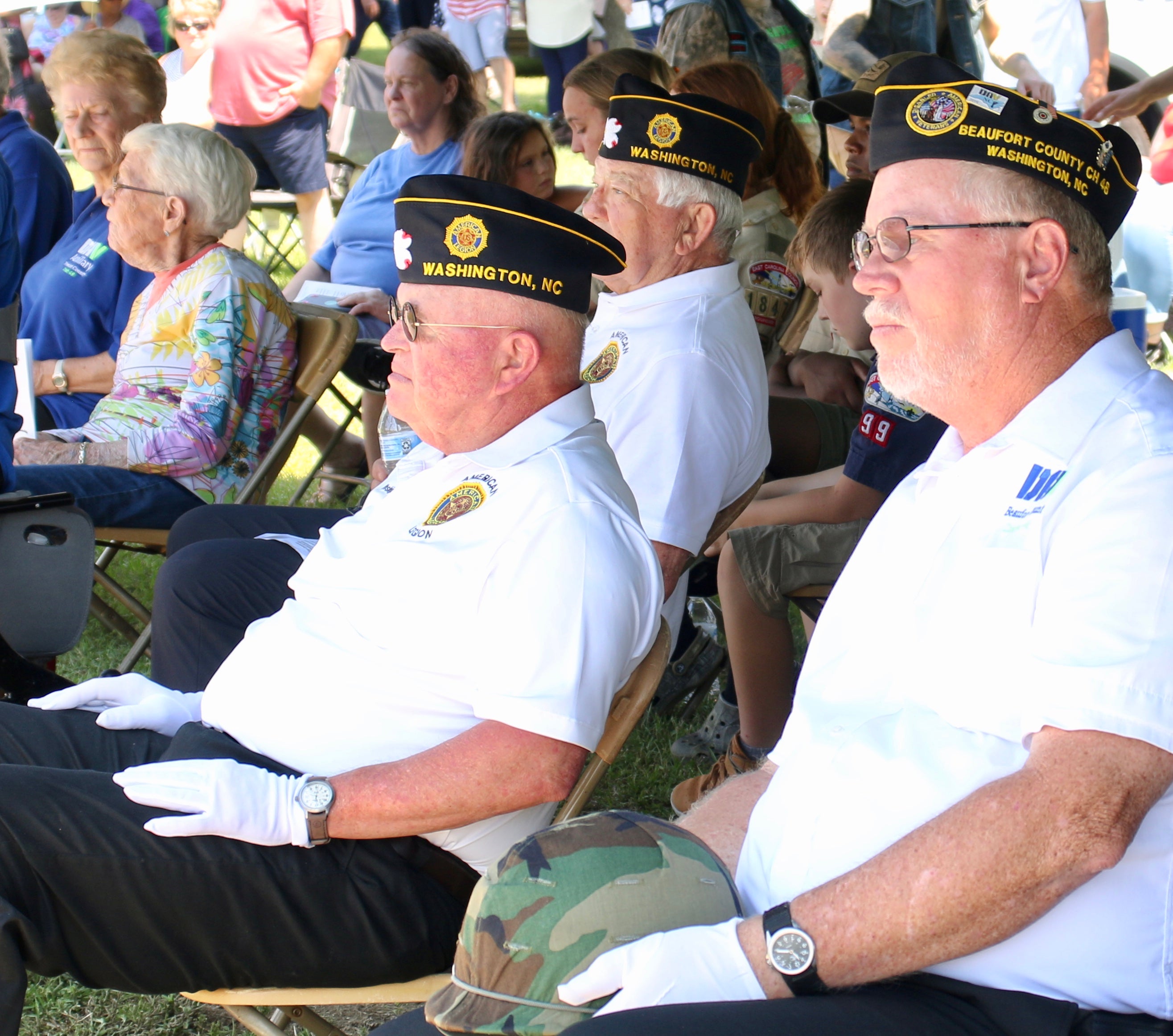Paying dividends
Published 9:30 pm Thursday, August 30, 2007
By Staff
For five years in a row, revenue generated by Washington’s occupancy tax has increased, providing proof the city’s efforts to attract more visitors are working.
The increased revenue from the occupancy tax and the increase in the amount of tourism-related dollars spent in Beaufort County in recent years is the direct result of the Washington Tourism Development Authority’s campaign to market the city and county to tourists and others.
Occupancy-tax revenue in Washington increased every year during five consecutive fiscal years, from 2001-2002 through 2005-2006, according to information released by the state last week. In that five-year period, Washington collected $936,678 in occupancy-tax revenue. The city took in $235,869 in fiscal year 2005-2006, up from the $205,856 collected in the previous fiscal year.
Tourism in Beaufort County generated an economic impact of $61.74 million in 2006, a 6.3-percent increase over 2005, according to a study.
That $61.74 million placed Beaufort County 47th in travel impact among the state’s 100 counties in 2006. In 2005, the county ranked 46th. Last year marked the fifth year in a row the county’s tourism-related revenues exceeded the $50 million mark. Since 1990, the county’s tourism revenue has nearly doubled. Those revenues were reported at $26.64 million in 1990.
Although Lynn Lewis, the city’s tourism development director, was given the lion’s share of the credit for those increases by a member of the Washington Tourism Development Authority, it’s the authority that provides direction to Lewis. The authority also sets the policies and programs for Lewis to carry out.
The authority and Lewis work together to promote the city and county, so they should share credit for their efforts paying off.
Tourism is one of the three top economic engines in the county, according to City Manager James C. Smith. The other two economic engines are the medical community and light manufacturing, he said. Bringing more tourists to the city and county will result in short-term and long-term benefits, Smith said.
The short-term benefits include visitors spending money with local businesses, restaurants and lodging establishments, Smith noted. Long-term benefits include visitors buying second homes in the area as a result of their having good experiences during visits to the area as tourists, Smith explained.
The more revenue generated by the occupancy tax, the more the Washington Tourism Development Authority can do to bring even more visitors to the city and county. Under state law, the bulk of occupancy-tax revenues must be spent by tourism-development agencies or counties on programs and projects designed to bring more people for overnight stays or longer visits to areas served by those agencies or counties.
In Washington, most of the occupancy-tax revenue goes to the Washington Tourism Development Authority. The city gets 3 percent of the revenue for performing administrative duties for the authority. Hyde and Martin counties also take their shares for performing administrative duties for their respective tourism-development agencies, but most of the revenue goes to those agencies. Washington County keeps all of its occupancy-tax revenues.
Sometimes, the Washington Tourism Development Authority provides grants to organizations and groups to help put on festivals, sports tournaments and other events that help bring people to the city and county. Many of those people spend money at area shops, restaurants, businesses and lodging establishments.
Even though it’s a tax, the occupancy tax generates revenue — mostly from people who don’t live in the city or county — that the Washington Tourism Development Authority invests in programs aimed at bringing more people to the area by helping present more events and activities for residents and visitors alike.
It’s wonderful to see that investment paying dividends.



